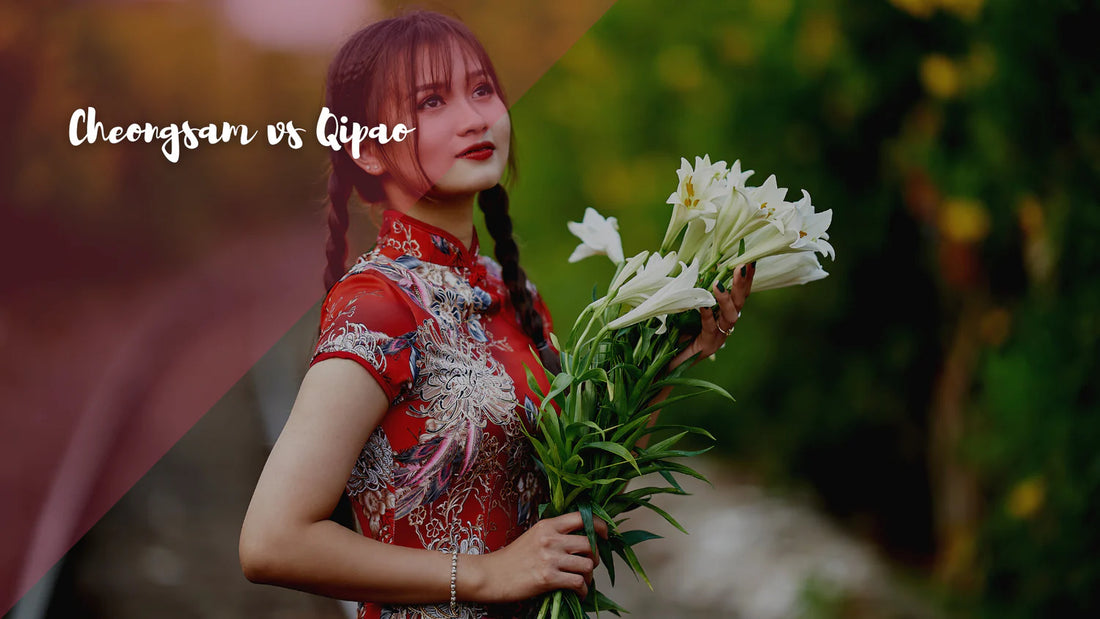Cheongsam and qipao are two traditional Chinese dresses that are often confused for each other due to their similar appearance. However, there are subtle differences distinguishing the two.
Cheongsam
Cheongsam, also known as qipao for men, originally originated from the Manchu ethnic group who were ruling China in the 17th century. It was the uniform of the male officials who served during the Qing dynasty. This dress features a high collar, a length that covers the knees, and a slit on the sides of the dress. The traditional cheongsam had loose-fitting, comfortable attire, which was used to facilitate movement for horse riding and other forms of sports.
Cheongsams for women came into existence in the 1920s when it was made slimmer and contoured to fit a woman's body. The dress was designed to balance a woman's curves while maintaining elegance. The modern-day cheongsam is usually made with silk, lace and embroidered materials, has a high collar, is slim-fitting and has a back zipper closure.
Qipao
Qipao, also known as cheongsam for women, originated from the Han people during the Ming dynasty. The dress was originally wide and loose-fitting. However, during the reign of Emperor Xianfeng, it became more fashionable for women to wear a more form-fitting qipao.
The modern-day qipao is made of lightweight and breathable materials such as silk or cotton and has a slightly looser fit than the modern-day cheongsam. Its neckline is usually lower and styles such as long and short sleeves are used instead of the slim-fitting sleeves on the cheongsam. The length of a qipao tends to fall just above the ankles.
In conclusion, both cheongsam and qipao are traditional Chinese dresses that originate from different dynasties and have undergone various design changes. While the cheongsam is traditionally worn with a high collar and slim-fitting, the qipao is a slightly looser dress with a lower neckline. Both dresses are still popular today, with unique styles and designs that celebrate the beauty and elegance of Chinese culture.

